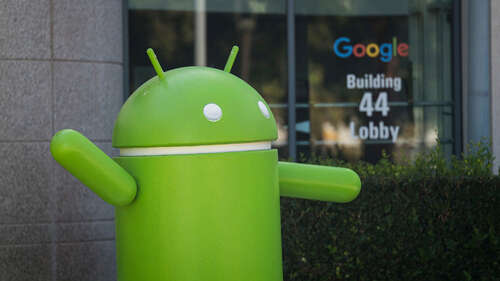
Jelly Bean, which was released in July of 2012, seemed like a minor iteration compared to Ice Cream Sandwich’s sweeping changes, but under the hood, it modernized the OS. Google’s “Project Butter” aimed to improve performance at a time when Android had a reputation for lagging and being generally janky. Another core feature added with this update was the Quick Settings panel, allowing users to toggle things like wi-fi and Bluetooth without leaving the current app. Meanwhile, updates to HDR photography and external display support added future-proofing. Google Now also debuted, marking the start of Google’s focus on predictive search. It was designed to serve up useful information before you asked for it in a card style interface, including notifications for package deliveries, flight times, and more. Notifications, already Android’s strong suite, were also improved.
Google released a slew of Nexus devices alongside Jelly Bean, most notably the Nexus 7, built by Asus. The 7″ tablet looks a bit impractical today, as flagship smartphone screens nearly match its size and foldables dwarf it. Its massive top and bottom bezels seem comical, too. But its design was inviting, with a stippled, soft-touch backplate and an even friendlier $200 price tag. The Nexus 7 sold well enough to kick off a new product category, and Apple responded with its own iPad Mini.

